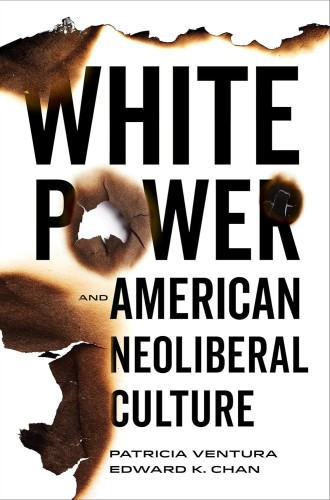Twin threats to democracy
Patricia Ventura and Edward Chan interrogate the ongoing enabling relationship between White supremacy and neoliberalism.

White Power and American Neoliberal Culture
It is rarely contested that a reciprocal relationship exists between White power and American neoliberal culture. As the public conversation around racial capitalism and the threat of White Christian nationalism to democracy increases, so does the awareness that neither neoliberalism nor White power could exist in its current form without the other.
Patricia Ventura and Edward Chan acknowledge that identifying the relationship between Whiteness and neoliberalism in a racialized free market system is not a novel observation. But they aim to interrogate further the sources of formation that have led to the ongoing enabling relationship between White power and American neoliberalism. These two traditions, Ventura and Chan argue, support one another “in ways that supercharge the power of both.”
Neoliberalism, according to the authors, is “a sprawling term traditionally naming a set of capitalist economic approaches favoring financialization, business deregulation, minimal taxation, globalization, free trade, and market fundamentalism supported by states dedicated to corporate interests.” From this definition, the authors identify “neoliberal culture” as the “massive infrastructure shaping everyday life under neoliberal racial capitalism. It is like an ecosystem in which contemporary life is lived and emotions are felt.”





